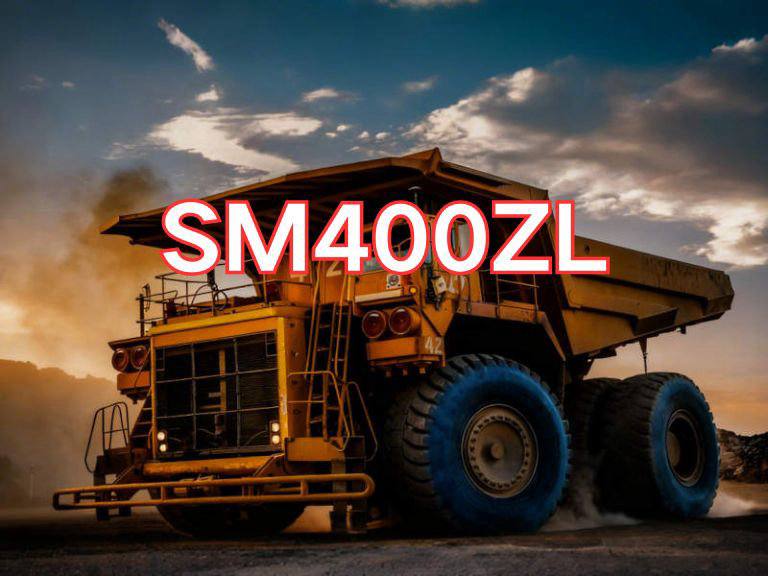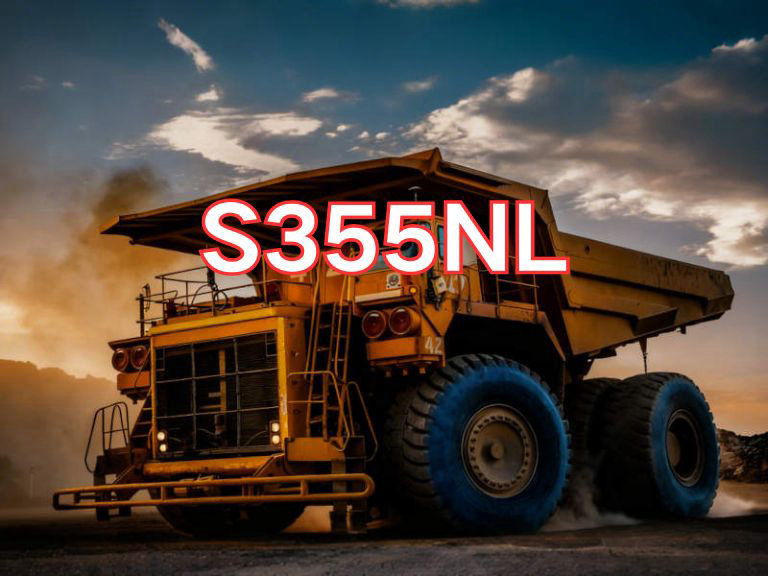

SM400ZL
SM400ZL is a high-strength hot-rolled structural steel plate designed for building construction, with its designation following the Japanese Industrial Standards (JIS) naming system. In this nomenclature, "S" stands for "Steel," "M" denotes "Material for constructional structures," and "400" indicates a minimum tensile strength of 400 MPa. The suffix "ZL" is a critical identifier: "Z" signifies that the steel has enhanced weldability and resistance to lamellar tearing, while "L" refers to guaranteed mechanical properties in the thickness direction (Z-direction), particularly the reduction of area in tensile testing. Therefore, SM400ZL is a medium-strength structural steel specifically engineered for complex welded structures, offering excellent resistance to lamellar tearing.
The primary characteristics of SM400ZL include not only good mechanical properties and weldability but also superior toughness in the through-thickness direction. According to the standard, the reduction of area in the Z-direction is typically no less than 15% (classified as Z15), with higher grades requiring 25% (Z25) or even 35% (Z35). This ensures structural integrity under complex stress conditions, especially where high tensile stresses act perpendicular to the rolling plane. The steel achieves this performance through strict control of impurity elements such as sulfur and phosphorus, along with optimized rolling processes that enhance steel cleanliness and uniformity, effectively suppressing the risk of lamellar tearing. Additionally, its low carbon equivalent facilitates field welding, reduces preheating requirements, and improves construction efficiency.
SM400ZL is widely used in critical structural components of high-rise buildings, large stadiums, bridges, industrial facilities, and transmission towers—particularly in areas such as beam-to-column connections, splicing plates, and stiffener joints, where significant tensile stresses act through the thickness of the plate. Using ZL-grade steel in these areas significantly enhances structural safety and long-term durability.
The current standard governing SM400ZL is JIS G 3136:2022, titled Rolled Steels for Building Structures. Published in 2022, this updated standard specifies chemical composition, mechanical properties, Z-direction requirements, and test methods for various grades including SM400ZL. Compared to general structural steel standards, JIS G 3136 places greater emphasis on seismic performance, weldability, and through-thickness properties, making it a key reference for structural steel selection in high-rise buildings across Japan and parts of Asia.

Ultrasonic Testing (UT)
A key non-destructive testing technique that uses high-frequency sound waves to detect internal flaws in steel plates. The probe emits sound waves, which reflect when encountering defects such as cracks or inclusions. The receiver captures the echoes, enabling precise determination of defect location and size. With high sensitivity, strong penetration, and fast inspection speed, UT effectively ensures internal quality, widely used in the production of heavy plates, pressure vessel plates, and other high-end products to guarantee safety and reliability.

Magnetic Particle Testing (MT)
A common surface inspection method that magnetizes the workpiece, causing leakage magnetic fields at surface or near-surface defects like cracks or inclusions, which attract magnetic particles to form visible indications. Simple to operate and highly sensitive, MT is suitable for rapid inspection of surface and near-surface flaws in ferromagnetic materials, widely used for online or offline inspection of plate edges, ends, and welds, ensuring product quality and safety.

Penetrant Testing (PT)
A non-destructive method for detecting surface-breaking flaws. A penetrant liquid is applied to the cleaned steel surface, allowing it to seep into defects such as cracks or pores. After removing excess penetrant, a developer is applied, causing the trapped penetrant to bleed out and form visible indications. Simple and cost-effective, PT is suitable for inspecting surface defects in various non-porous materials, commonly used for welds, castings, and complex components, effectively ensuring surface quality of steel plates.












